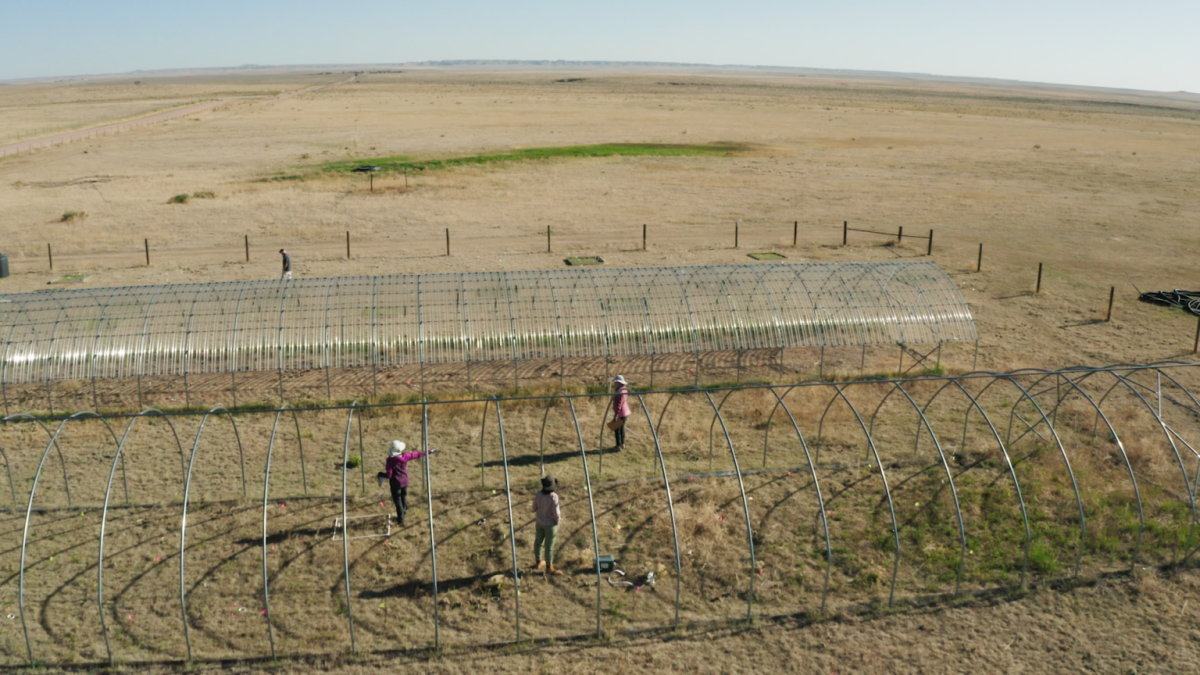Conditions much warmer than a typical April on the Prairies will have changed air circulation patterns in stored canola, boosting the risk of hot spots and spoilage, the Canola Council of Canada warns.
“All bins should be checked, but especially large steel bins of 5,000 bushels or more,” Jim Bessel, the council’s senior agronomy specialist in Saskatoon, said in a release Friday.
“With the intensity of the sun and with 20°C days, we are starting to see some issues with spoilage — even for canola that went into the bin dry.”
Read Also

Prolonged drought causes unprecedented productivity loss: Study
Colorado State University — Extreme, prolonged drought conditions in grasslands and shrublands would greatly limit the long-term health of crucial…
In bigger bins, the issue is increased compaction, which reduces air flow, thus risking mould growth, the council said. Mould growth generates heat, which in turn leads to spoilage.
In cases where tough canola went into the bin last fall, cold winter temperatures may have been all that kept it stable in storage, Bessel warned.
Surface temperatures on some stored canola have reached 20°C already this year, council agronomists reported. “If that grain isn’t dry, it will likely spoil in a hurry,” he said.
When the sun warms the outside of a bin, warm air moves up near the outside wall and down through the centre of the grain mass, the council said. Cooler canola in the centre of the bin then reabsorbs moisture, again creating conditions that can cause rapid spoilage.
Growers who have canola in bins without aeration or temperature monitoring cables may want to turn their stored grain by augering a third of it out of the bin, the council said.
Thus, the farmer can get a look at the condition of the stored product, and turning the crop interrupts any rise in temperature and moisture in the bin’s core.
Growers will want to stabilize bin temperature between 10° and 15°C, the council recommended.














